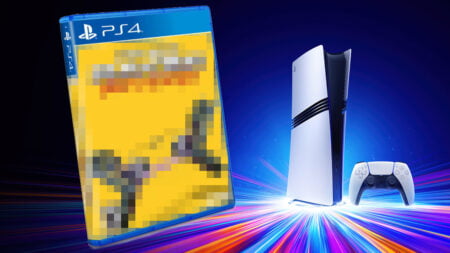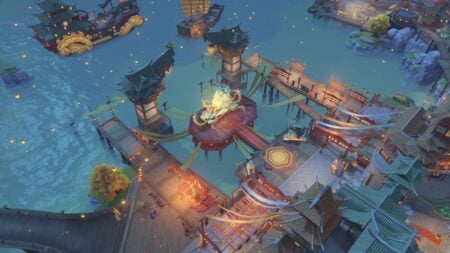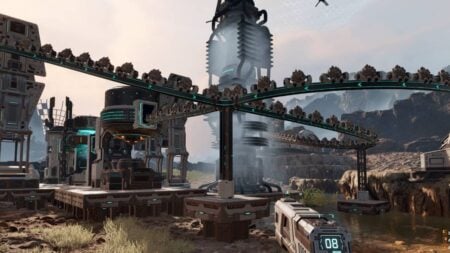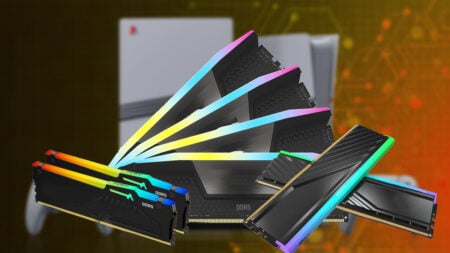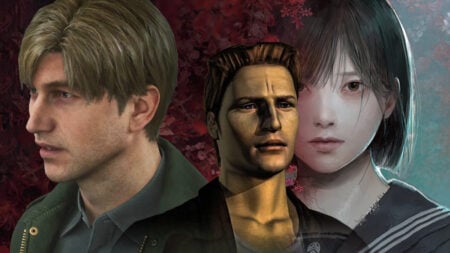Version Tested: PC
Also Available on: N/A
Developer: Tindalos Interactive
Publisher: Focus Home Interactive
Genre: Strategy (Real Time and Turn Based)
Etherium comes in with guns blazing and a variety of strong ideas. On paper, it checks all the boxes of an excellent strategy game. Unique races, with their own personalities, playstyles, goals, and units? Check. An over the top, fantastical sci-fi setting? Check. Real time strategy battles, where you slowly gather resources, improve technology, and push forward to destroy your opponent’s base? Check. A board-game like overworld map, where you use turn based strategy to outmaneuver and outsmart your opponents, attempting to predict their moves and cut them off at the pass? Check.
The big issues with Etherium come with execution and originality. If all of the features listed above sound familiar, that’s because they are. Etherium does not really attempt to break much new ground. That would be ok if everything was honed and spot-on, but there is little to nothing Etherium does that a handful of other games do not already do better. As far as execution, a number of glaring issues stand out and conspire to make Etherium a bland and somewhat boring entry in the genre rather than the explosive space drama that it wants to be.

The story of Etherium hinges on the quest for… Etherium. Every once in a great while, Etherium bubbles up throughout the galaxy and everyone fights over it. It will serve as your resource that you collect throughout your battles and as the driving force behind “why is everybody fighting?” The three factions competing for control of Etherium are 1) The Consortium, a militaristic corporation determined to control all Etherium in the galaxy, 2) The Intar, who worship the creatures born from Etherium and fight holy wars in order to control it, and 3) The Vectide Empire, a group that has developed a hive mind and is completely addicted to Etherium. These three factions have waged several past wars over Etherium whenever it appears, and a new war has begun.
The standard single-player game is the fittingly named “Conquest” mode. Conquest mode screams out to the board game nerd in me, as it contains elements that some of my favorite war-strategy tabletops employ. You and your two opponents, the other two races that you did not select, are presented with a view of outer space. Each race is given a series of goals, worth a set number of “victory points.” When you reach a set number of victory points, you win the game. However, you have to employ spies to discover the goals of your opponents. This part of the game is all about maximizing your effectiveness; while there may be an open objective for you, it may actually be more beneficial for you to take an objective away from your opponent. There is a constant juggling of positioning yourself to win while trying to knock your opponents out of that same position, and can cause some dramatic turnarounds in just a few moves. If you ever find yourself on the same planet at the same time as another opponent (which will happen repeatedly), you enter the battle for that planet through Etherium’s real-time strategy battles.

There is a lot to do in both pieces of Etherium. The RTS sections have some board game elements as well. Rather than being able to expand wherever you please, each map is broken into a group of relatively symmetrical territories. You and your opponent start on opposite ends of the map, and you gradually take territories, collect the titular resource, build units and structures, and clash with one another. Each style of map has random natural disasters that can hurt units or obstruct vision, such as huge dust tornados. There are also random neutral forces that either side can recruit. However, in order to recruit them, you need to sacrifice a building that could otherwise be improving your own unit or resource production.

This is significant because Etherium’s most effective and well-realised design choice is the limits that it imposes on what you can build. Each settlement you build has a set number of nodes that can be filled with a building of your choice. Some buildings enable faster resource production. Some allow you to gain a percentage of etherium back when units die. Others allow you to increase the size of your strike force. Most settlements can either build one or three buildings. These limitations force you to make some very difficult choices: Do I want to play the long game and build up my resources to outlast my opponent? Or could I crush them now if I increased the size of my army? Is it worth it to sacrifice my only technology center so I can recruit a powerful neutral force to fight by my side? These decisions are by far the most interesting parts of the game, even if some other design choices are questionable at best.
One of the big issues with Etherium is how… insignificant most things feel. Remember when you first played Starcraft, and you graduated from the Terran Marine to the Firebat? “Need a light?” he’d ask, as he torched zerglings and hydralisks alike. Remember how powerful that relatively weak unit felt? Nothing in Etherium gives you that feeling. Even with volume blasting high in my headphones and graphic settings turned up to the maximum levels, even the most powerful units in the game fail to pack that punch. When I call an orbital bombardment on an enemy city, I expect the thunderous beams to provide a level of satisfaction that never comes. Units tromp incredibly slowly across the alien landscape, and, even when zooming in to get a closer look, they look blurry, washed out, and practically indistinguishable from one another. A game does not need powerful graphics to capture attention, but it needs some sort of style and impact; this is one of the big flaws of Etherium.

Etherium also comes with a control scheme that seems designed to hamstring you. The RTS skirmishes of the game are designed, in general, to be shorter than many other games of this genre (15-20 minutes). There are certain aspects, once you’re in game, that seem only there to be frustrating. A good example is in how you recruit new units. In many RTS games, you can hotkey your barracks so that you can continue directing troops while you begin training to recoup your losses. This keeps you focused on the action so you can micromanage more effectively. Etherium has that rock-paper-scissor element to battles, where different units exploit the weaknesses of others. In order to summon a new unit, I have to move my view back to my base, click the unit I want to recruit, click the dropzone around my base where I want it deployed, give it a few seconds to arrive, and then click on the map where I want it to go. Then, that slow movement I mentioned earlier comes into play. If I want it to move faster, after it has deployed, I can click an air transport button, wait for them to get picked up, then fly them to the front lines. In the time I’ve been away from the battle, naturally, it has concluded without me. It appears to be a deliberate design choice and, while it may more realistic as far as how a general would direct attention, it tends to make the RTS sections of the game a bit of a slog.

At least there’s the turn based part, right? I found myself unable to become involved in that larger scale section of the game because of how often it gets interrupted with battles. You are never able to find a rhythm, or even really feel the impact of your decisions, because you are fighting five or six battles every turn. I found myself sighing, imploring, begging Etherium to let me make a strategic decision again, only to discover that the Consortium was attacking me for the fourth time. The lack of balance would be fine if the RTS sections of the game were more interesting, but fighting through another boring, twenty minute battle to discover my position unchanged (since I was merely defending), was a frustrating and tedious system.
Etherium was definitely designed with multiplayer in mind. The short battles, the frantic systems that force players to jump back and forth, and the tight maps practically scream for competitive, one-on-one matches. This would be great if I had a friend or two that also played Etherium, but I instead have to leave my multiplayer stylings up to the god of matchmaking. Perhaps it is the time of day I tried to play, but it appears to me that currently no one is playing Etherium online. Although I took solace in knowing that I was currently the best Etherium player online (and, I suppose, also the worst), that is not a good sign for a game that came out just over one month ago.

Etherium is not a bad game by any stretch of the imagination. It is a difficult game to recommend, since it is in a genre that is packed with quality titles and innovative ideas. Bizarre design choices, unappealing aesthetics, and a lack of originality ultimately doom the good things that it brings to the table. It is an ok game, but an unoriginal sci-fi strategy war game that merely qualifies as ok probably will not have anyone scrambling for their credit cards. I will gladly remain the best (and worst) player in Etherium’s online matchmaking. Developer Tindalos Interactive made a valiant effort, but they seem to have bit off more than they can chew with this one.
[review]
Purchase now on Steam!
What are your thoughts on Etherium? Too bland for you as well? Or were you able to latch onto some of the good and ride those to some fun? Let us know in the comments.


